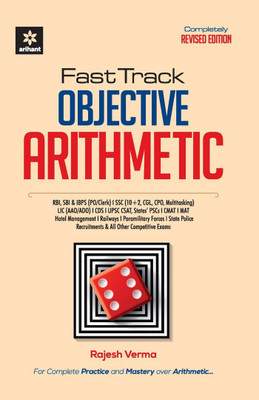
Turbomachinery (English, Paperback, Source Wikipedia)
Price: Not Available
Currently Unavailable
Highlights
- Language: English
- Binding: Paperback
- Publisher: Booksllc.Net
- ISBN: 9781234587222, 123458722X
- Edition: 2011
- Pages: 48
Description
Please note that the content of this book primarily consists of articles available from Wikipedia or other free sources online. Pages: 47. Chapters: Axial compressor, Centrifugal compressor, Centrifugal fan, Centrifugal pump, Flow through cascades, Francis turbine, Gas turbine, Industrial fans, Jet engine, Mechanical fan, Mixed flow compressor. Excerpt: A gas turbine, also called a combustion turbine, is a type of internal combustion engine. It has an upstream rotating compressor coupled to a downstream turbine, and a combustion chamber in-between. The basic operation of the gas turbine is similar to that of the steam power plant except that air is used instead of water. Fresh atmospheric air flows through a compressor that brings it to higher pressure. Energy is then added by spraying fuel into the air and igniting it so the combustion generates a high-temperature flow. This high-temperature high-pressure gas enters a turbine, where it expands down to the exhaust pressure, producing a shaft work output in the process. The turbine shaft work is used to drive the compressor and other devices such as an electric generator that may be coupled to the shaft. The energy that is not used for shaft work comes out in the exhaust gases, so these have either a high temperature or a high velocity. The purpose of the gas turbine determines the design so that the most desirable energy form is maximized. Gas turbines are used to power aircrafts, trains, ships, electrical generators, or even tanks. Gases passing through an ideal gas turbine undergo three thermodynamic processes. These are isentropic compression, isobaric (constant pressure) combustion and isentropic expansion. Together, these make up the Brayton cycle. In a practical gas turbine, gases are first accelerated in either a centrifugal or axial compressor. These gases are then slowed using a diverging nozzle known as a diffuser; these processes increase the pressure and temperature of the flow. In an ideal system, this is isentropic. However, in practice, energy is lost to heat, due to friction and turbulence. Gases then pass from the diffuser to a combustion chamber, or similar device, where heat is added. In an ideal system, this occurs at constant pressure (isobaric heat addition). As there is no change in pressure the specific volume of the gases increases. In prac
Read More
Specifications
Book Details
| Imprint |
|
| Publication Year |
|
| Table of Contents |
|
Dimensions
| Width |
|
| Height |
|
| Length |
|
| Weight |
|
Be the first to ask about this product
Safe and Secure Payments.Easy returns.100% Authentic products.
Back to top






